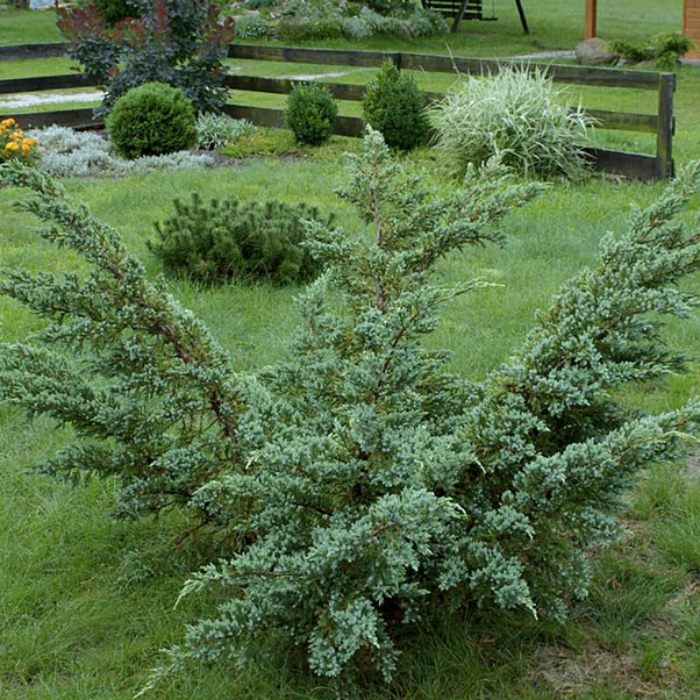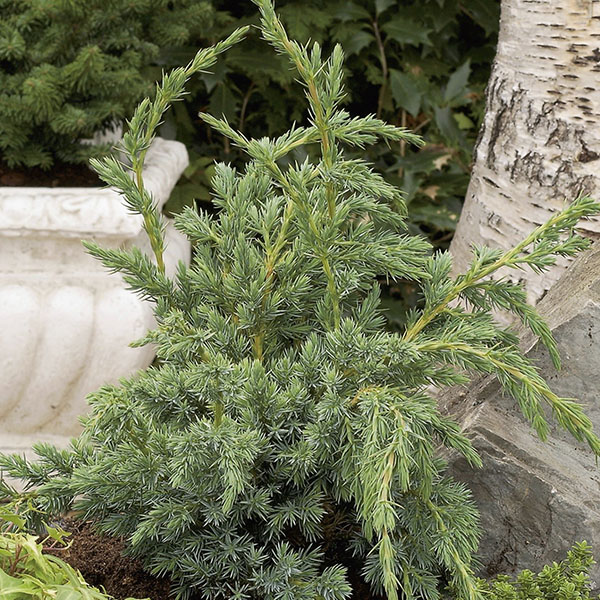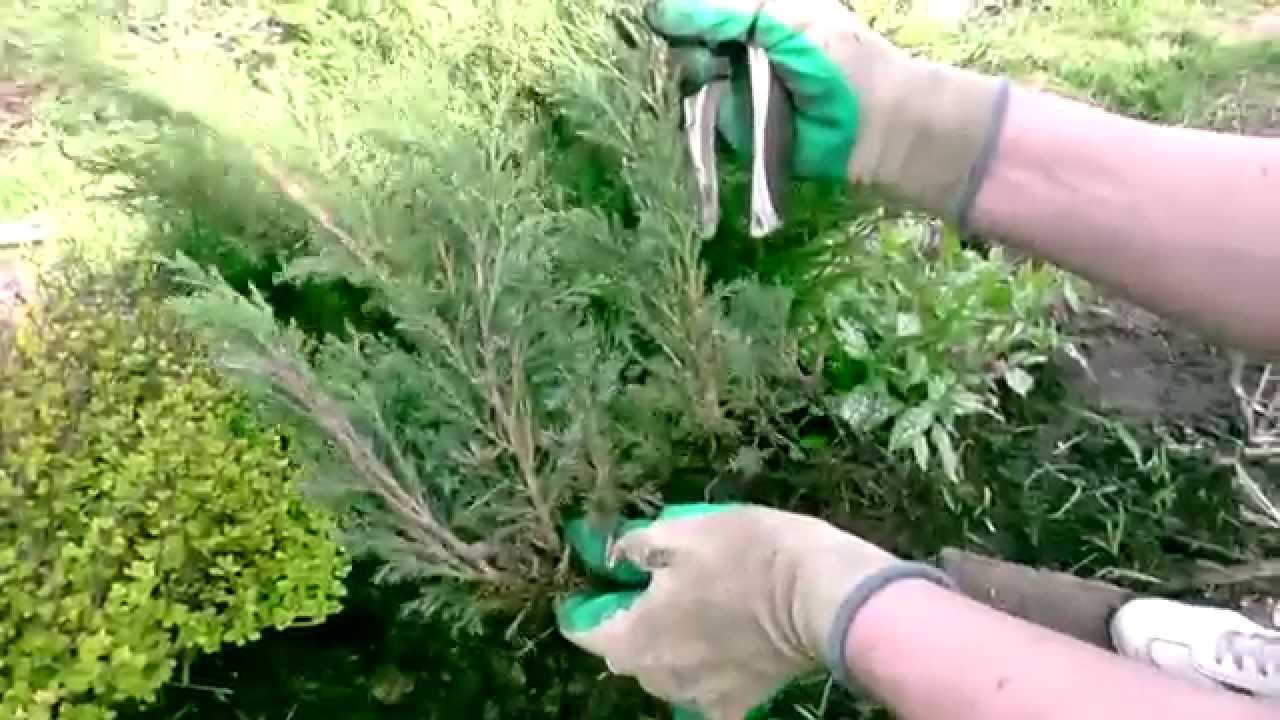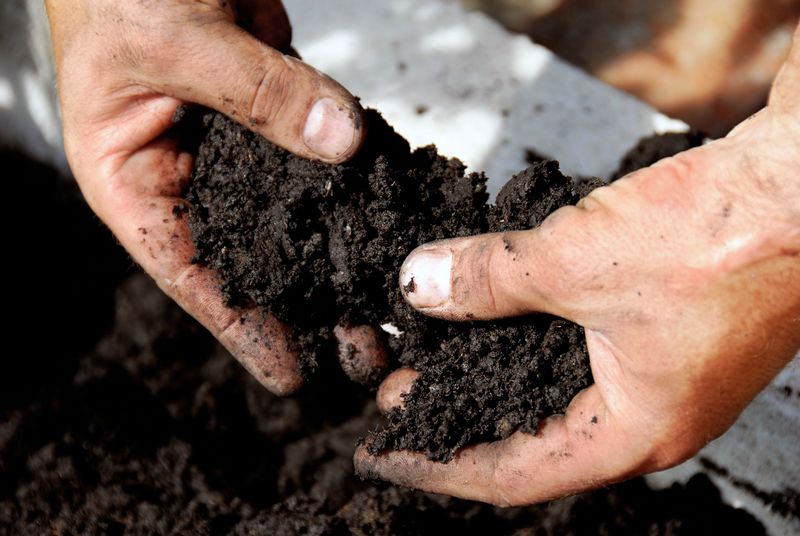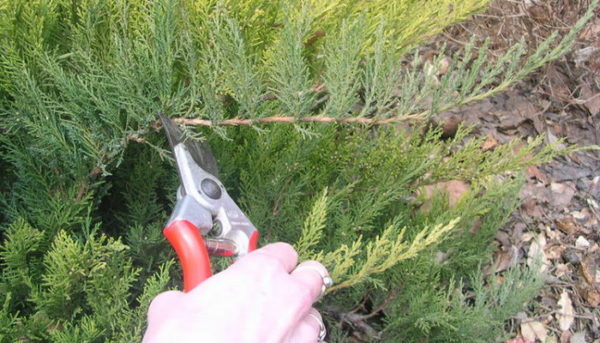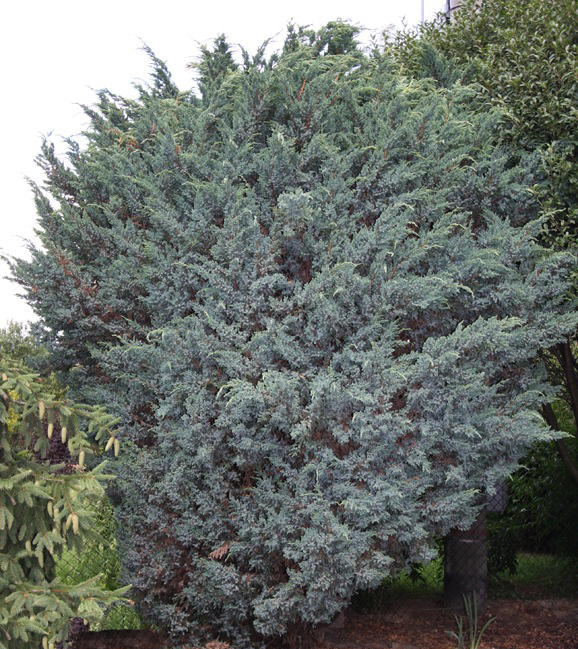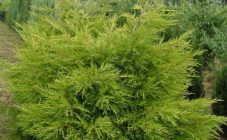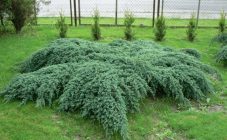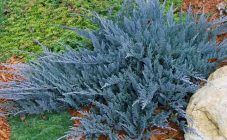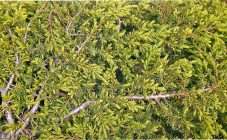Content:
This evergreen shrub enjoys great and well-deserved popularity among landscape designers. Its strong points are its elegant looking crown and sophisticated blue-gray needles. However, in order to grow Meyeri's juniper, you need to invest a lot of work in caring for it.
Description of the variety
This plant is single-seeded. Its fruit contains one single seed. Juniper has a long life span. The plant can be up to six hundred years old.
The most popular are Meyeri scaly and common. Although they look different, the rules for growing them are the same. They are characterized by the fact that they do not require special care.
Varieties
There are two main varieties of the variety: common juniper or scaly.
The first of them can reach a height of 4 meters, its crown diameter is equal to one and a half meters. Has a high growth rate. It is highly resistant to polluted air.
Variety history
The homeland of the Meyeri juniper is the mountains of China, Taiwan and Afghanistan.
Appearance
The height is usually between 50 cm and 1 m for the scaly variety and four meters for the common one. Growth is relatively fast - in a year, Meyeri's juniper gains about 10 cm.
One of the features of the appearance of this variety is the presence of pointed and subulate juniper needles. Their color can be gray or blue-green. Three of them grow in each whorl. On each of them you can easily see a longitudinal, narrow, silvery stripe. The length of the needles is 6 to 10 mm.
Plant shape
The shoots of the scaly juniper Meyeri are hanging down, they spread along the surface of the earth. Height - no more than a meter above the surface. It grows in breadth, covering the ground with a dense crown.
The Meyer common juniper is a tall plant. An adult specimen reaches four meters in height and one and a half meters in width.
How to plant a plant
When choosing seedlings, it is recommended to follow certain rules:
- You should not buy plants whose roots are open without an earthen coma. Their characteristics will be worse.
- There should be no cracks on the trunk of the seedling.
- The color of the crown should not have brownish blotches, but should look uniform.
Meyer's juniper is propagated by seeds or shoots. In the second case, the tree becomes more decorative. His needles are denser, the color of the needles is more beautiful.
When choosing a place for landing, you need to take into account the degree of its illumination. For Meyeri juniper, a place where there is a lot of light is most suitable.
Although the plant does not like soil in which there is a lot of clay, it is nevertheless capable of growing in various soils. Over time, Meyeri's juniper is able to gradually adapt to them. Well-drained soil, in which the moisture content is at an average level, is best suited for it.
Meyeri's description of the juniper says that a situation where there is too much moisture, which is combined with intense heat, is undesirable for this shrub.
If you plan to plant it in a place where the soil is clay, then when planting a seedling, you need to add a mixture of peat, sand and high-quality garden soil. The constituent parts must be taken in equal proportions.
When landing on the bottom of the pit, it is necessary to add a drainage compound. For it, you can use expanded clay or broken brick.
At this time, fertilizers must be applied to feed the plant. One of the most effective options would be to add a mixture of 300 g of nitrophoska and Kemira-universal complex fertilizer.
Growing juniper
Sometimes special agents are used in order to improve survival. Experienced gardeners recommend using Epin for this purpose.
The size of the prepared hole should correspond to the volume of the seedling root system. It is important that the juniper roots fit freely in it.
Directly during the landing process, it must be borne in mind that:
- You need to plant the root as quickly as possible. This is important to prevent the root from drying out.
- At the same time, you need to pay attention to the accuracy of your actions. It is impossible to allow the earthen root clod to be damaged.
After planting the seedling, abundant watering is required. It is also important to protect it from direct sunlight at first.
When growing, you need to make additional watering of the shrub during dry times. With the onset of winter cold, you need to take care to shelter it from the cold. In the climate of central Russia, there is no need to take special measures to protect against the cold in winter.
However, if the plant is exposed to a severe frost, the branches may freeze. As a result, they become brown and then gradually dry out.
During the growth process, you can do minor pruning in order to gradually give the bush the desired shape.
Throughout its life, the plant is highly sensitive to fertilization.
It should be borne in mind that if fertilizing was carried out during planting in the ground, then their next application will be required in about two or three years.
We must not forget to mulch the near-stem earth. For this purpose, you can use peat, pine needles or chips.
Diseases and pests
The description of the common juniper Meyer says that, like the scaly variety, it is resistant to various diseases or pest attacks. Often, if they appear, the cause is associated with a violation of the rules for caring for the plant.
The Mayer Juniper variety can be attacked by such insect pests:
- spider mite;
- shield;
- shoot moth.
The most dangerous disease for this variety is rust.
In order to protect the plant, you can pre-treat with special insecticidal preparations. It is possible for this purpose, for example, to use the means: "Aktara", "Iskra" or "Fitoverm".
Another preventive measure is pruning diseased or dead branches done in time.
It is also recommended to regularly treat juniper bushes with preparations that contain copper in their composition. For this purpose, for example, copper sulfate or Hom can be used.
Use for landscaping
In winter conditions in the Russian climate, conifers play a special role in landscape design. Indeed, in winter, only they can revive the landscape.
This juniper variety not only allows you to create a garden that will look beautiful all year round, but also brings a special note with its unusual shade of needles. Considering that the Meyeri variety perfectly tolerates pruning, the crown of plants can be very diverse: creeping, cone-shaped, weeping or some other.
Juniper Squamata (scaly) is widely used for decoration. It is used not only to decorate gardens. It looks great on the streets or in city parks. It can also be used as a pot plant to create bonsai. Its diminutiveness for this purpose can be ensured by a special haircut.
The Meyeri juniper attracts with its density and an unusual shade of the color of the needles - steel bluish.
This shrub looks best in areas where there is ample sunlight. If it is planted in the shade, the decorative effect of the needles will be faintly felt, its beautiful bluish color will be faintly noticeable. Without abundant sunshine, the crown of the shrub looks relatively thin and slightly uneven.
Juniper Meyeri ordinary has a high crown, the ends of its shoots hang down a little. In winter, it is recommended to tie up the branches so that they do not bend under the weight of the snow. It handles a haircut well. This makes it possible to use this variety to create complex visual compositions.
Suitable for creating hedges and as a lonely plant in large gardens.
